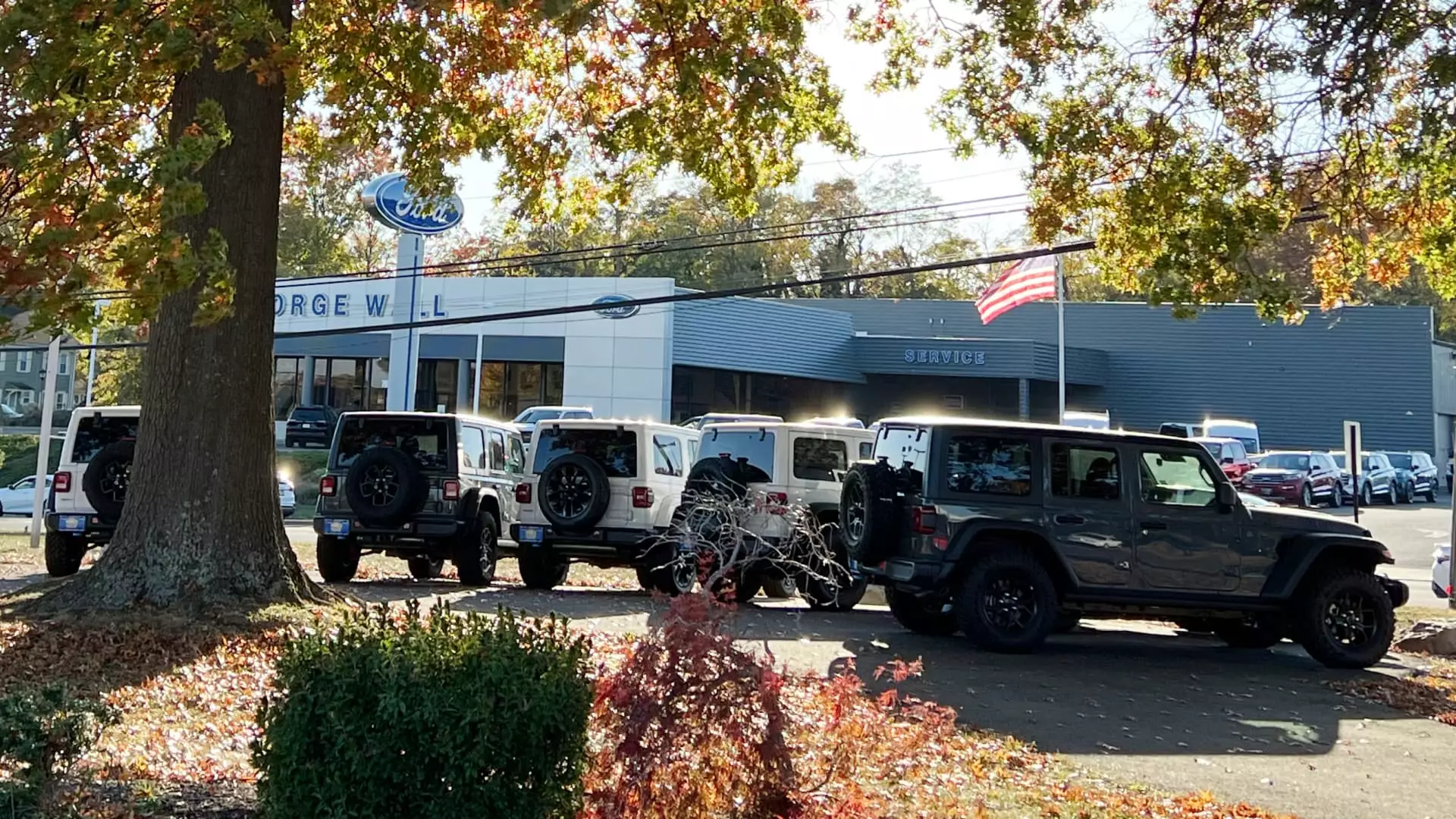When it comes to purchasing a first car for your teenager, one might expect the experience to be fairly straightforward, recalling fond memories from their youth. However, for those who have not engaged with the automotive market in recent years, the landscape has drastically transformed. Reflecting on my own experiences as a teenager in the 1990s when I bought my first car, a Toyota Tercel for less than $10,000, I find myself faced with a very different reality as I attempt to assist my daughter, who is now on the cusp of turning 17, in her quest for a reliable vehicle.
A decade ago, purchasing a used car felt like a manageable endeavor. Today, however, it presents a daunting challenge. According to recent data from Cox Automotive, the average listing price for used vehicles has soared to $25,361—an alarming increase from just five years prior. This surge in costs can be attributed to the disruption of supply chains brought on by the pandemic, severely impacting the availability and affordability of both new and used cars. As noted by Ivan Drury, director of insights at Edmunds, those who haven’t kept track of the market are in for an eye-opener. It’s a tumultuous time for prospective car buyers, especially for families trying to buy their teenager’s first vehicle.
What once was a straightforward venture has morphed into a journey filled with obstacles. New vehicles have also felt the weight of economic pressures, with average transaction prices reaching nearly $48,000—a figure that effectively eliminates the prospect of finding affordable options under $30,000. The percentage of vehicles costing more than $70,000 has more than tripled, showcasing a drastic shift in consumer expectations and the automotive market’s structure. Notably, only a minuscule fraction—0.3%—of new vehicles now falls under $20,000, a stark contrast to the 8% recorded just five years ago.
Feature Overload and Price Implications
As I delve deeper into this rapidly evolving market, I find myself confronted with the reality that the majority of vehicles today are integrated with sophisticated technology. Features such as touch screens, 360-degree cameras, and advanced safety systems have become standard. While these innovations are undoubtedly beneficial, they also contribute significantly to the elevated price points. Drury’s observation that vehicles today are “borderline crazy” in terms of capability underscores the paradox of modern demand—consumers want cutting-edge technology but are inevitably tied to higher costs.
A Jeep Wrangler—one of my daughter’s most coveted options—is emblematic of this conundrum. Once considered a more economically feasible choice, the Jeep’s popularity and reputation for durability have sustained its value in the used market. A study conducted by iSeeCars found that ten-year-old Wrangler Unlimited models still fetch an average price of over $23,000. However, that cost is accompanied by potentially cumbersome ownership expenses, particularly when one factors in the need for newer safety features and improved fuel efficiency present in more recent models.
Armed with budget constraints and a desire for a newer model, we scoured local dealership inventories. Although platforms like Cars.com and Carvana offered a broad assortment of options, prices remained unexpectedly high. Instead, we shifted our focus to dealerships within a 50-mile radius, where we ultimately discovered a couple of 2021 models that fit our criteria.
Yet, negotiating the price has morphed into a complex endeavor, largely due to the vast amount of pricing information readily available to consumers. Dealerships strive to maintain competitive pricing, making it more challenging to achieve favorable deals. Drury highlighted that while dealerships often provide incentives, the leeway to negotiate individual prices has diminished, resulting in a less flexible buying experience for consumers.
To mitigate finances, securing an advantageous financing offer proved essential. With average interest rates for four-year loans on used cars hovering around 8.21%, savvy buyers are encouraged to seek the best possible credit terms. Although my efforts to negotiate fees led to some success, the reality is that we ultimately spent more than initially intended. And with the added burden of insuring a new teen driver, the financial complexities only compounded.
Navigating today’s used car market has been a revelation, forcing us to reconsider our approach and expectations. The evolution of technology, combined with economic inflation in the automotive sector, challenges conventional norms of affordability. For parents, it underscores the imperative to adapt and stay informed. As we prepare to assist our daughter in obtaining her first vehicle, it becomes increasingly clear that the process is not merely transactional; it requires strategic planning and financial acumen in this ever-changing landscape. Through this journey, we learn that the notion of “the first car” has transcended nostalgia to become a complex negotiation in 21st-century economics.

